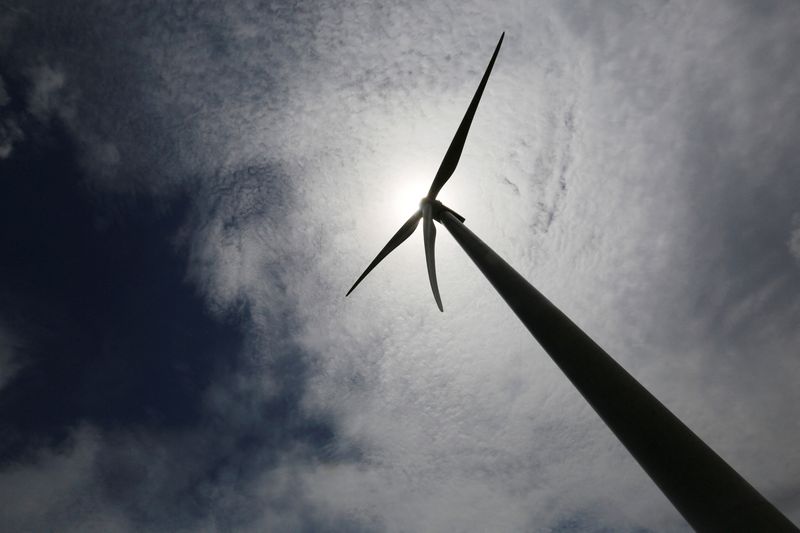TRENTON, NJ – New Jersey Governor Phil Murphy is on a mission to make New Jersey America’s leading offshore wind energy producer and it doesn’t seem like there’s much anyone can do to keep his ambitious plans in check.
How did we get here?
Governor Murphy signed Executive Order #307 on September 21, setting a new target for New Jersey’s offshore wind energy production. The order aims to increase the state’s offshore wind goal to 11,000 megawatts by 2040, a near 50 percent rise from previous objectives.
That directive also tasks the New Jersey Board of Public Utilities with evaluating the feasibility of further amplifying this target. This move builds on Executive Order #92 from 2019, which itself lifted the offshore wind goal to 7,500 megawatts by 2035 from an initial 3,500 megawatts by 2030.
Executive Order #307 is a part of a broader agenda by Governor Murphy to expedite the state’s transition to clean energy. In addition to increasing wind energy production, the initiative incorporates enhancements to existing programs aimed at boosting renewable energy, improving energy efficiency, and reducing greenhouse gas emissions. It also focuses on preparing the state for the impacts of climate change and building resilient communities.
The Department of Environmental Protection (DEP) is actively planning to meet New Jersey’s 2050 Goal. Strategies include reducing carbon pollution, expanding clean energy infrastructure, and enhancing community resiliency. These steps align with the state’s aim to achieve 50 percent renewable energy by 2030 and a 100 percent clean energy economy by 2050.
Governor Murphy emphasized the economic benefits of the decision. “Offshore wind is a once-in-a-generation opportunity that allows us to protect our environment while significantly expanding and securing the state’s economy for the immediate and long term,” he stated.
The future of energy, according to Murphy, is riding the winds off the Jersey Shore as multiple offshore wind energy projects advance, and new leases are signed to harness the coastal gusts for sustainable power generation.
Leading the charge are established projects that have been making steady progress towards operational status. Among them, the Ocean Wind project, a joint initiative between Ørsted and PSEG, promises a significant contribution to the state’s renewable energy portfolio with a capacity of 1,100 megawatts.
Additionally, the Board of Public Utilities (BPU) continues its vigorous support for offshore wind energy. Recently, it opened the third solicitation for offshore wind projects, aiming to award between 1,200 to 2,400 megawatts of offshore wind energy. This move, part of a larger initiative by the state, is in line with New Jersey’s aim to achieve 7,500 megawatts of offshore wind energy by 2035.
New leases are also on the horizon. The Bureau of Ocean Energy Management (BOEM) is actively engaging with stakeholders to identify new wind energy areas (WEAs) off the Jersey Shore. The search for additional leasing opportunities reflects the growing commitment to capitalizing on the offshore wind energy potential of the region.

